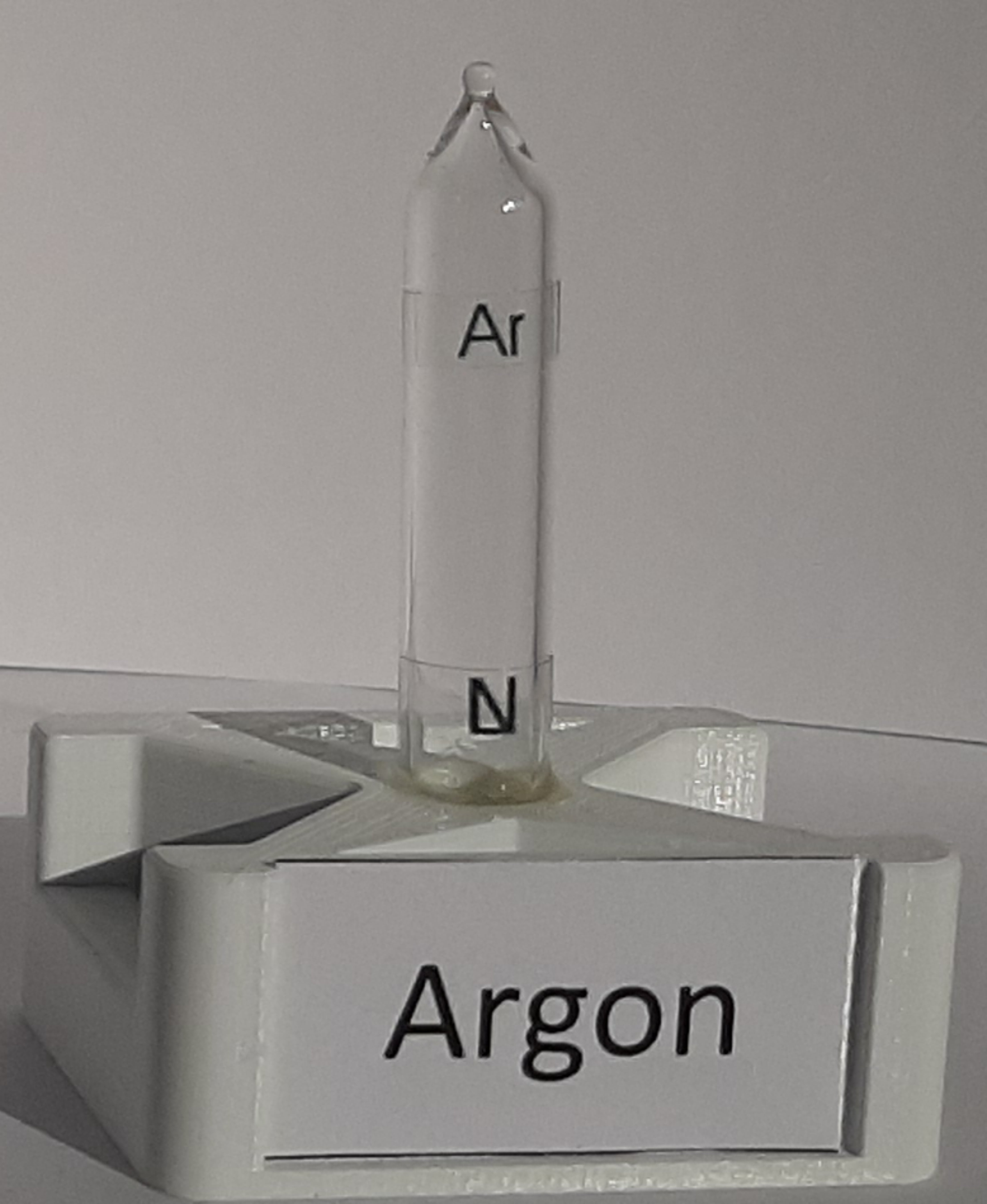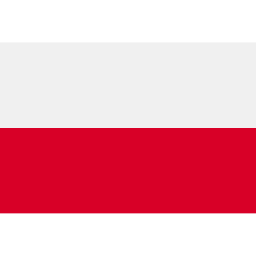
Argon (from Latin Argon) Ar
Argon does not form minerals because it is a noble gas.
Colorless and odorless, it is a noble gas, which means that it is chemically inactive under normal conditions, and its atoms are stable and have full electron shells. Although argon is a gas, it has a much higher density than air and has a relatively low boiling and melting point, which means it remains gaseous over a wide range of atmospheric conditions.
Chemical compounds containing argon are rare due to the inertness of the argon atom. However, argon compounds have been detected in inert gas matrix isolation, cold gases, and plasma, and argon-containing molecular ions have also been produced and detected in space. The solid interstitial argon compound, Ar1C60, is stable at room temperature.
Argon can be obtained by fractional distillation of air. The liquefied air is subjected to fractional distillation in a distillation column. This process is based on differences in the boiling points of individual ingredients, which enables their gradual condensation and separation. In fractional distillation, argon is condensed at the top of the distillation column. The obtained argon is then subjected to purification processes to remove any possible residues of other gases. Argon is often released as a by-product from the production of oxygen and nitrogen in industrial processes.
Argon is used in the metallurgical industry, especially for welding metals. Its use is to replace oxygen and nitrogen in the surrounding gas, preventing oxidation of metal alloys during welding. Argon is used as a protective gas in some scientific experiments where the reactivity of the gas is not crucial. Argon is used as a filler gas in some incandescent lamps. It is found in lasers, light bulbs, rocket fuel and fluorescent lamps. Sometimes pressurized argon is used as an atomizer in aerosol cans. Argon-39 radioisotope dating is used to determine the age of groundwater samples and ice cores. Liquid argon is used in cryosurgery to destroy cancerous tissue. Argon can be used to prepare a breathing mixture called Argox, which helps remove dissolved nitrogen from the blood during decompression, such as during deep-sea diving.
The leader in argon production is the United States. Other major producers of this gas are Germany, Belgium and China.
Argon makes up about 0. 93% of the earth's atmosphere, making it the third most common gas in the atmosphere after nitrogen and oxygen. The symbol for the element argon used to be A. In 1957, the International Union of Pure and Applied Chemistry (IUPAC) changed the symbol for argon to Ar. Argon was the first noble gas discovered. The element was isolated and officially discovered in the air by Lord Rayleigh and William Ramsay in 1894. The element's name comes from the Greek word argos, which means inactive. This refers to the element's resistance to chemical bond formation. Most of the argon on Earth comes from the radioactive decay of potassium-40 into argon-40. The atmosphere of the planet Mercury consists of about 70% argon.


